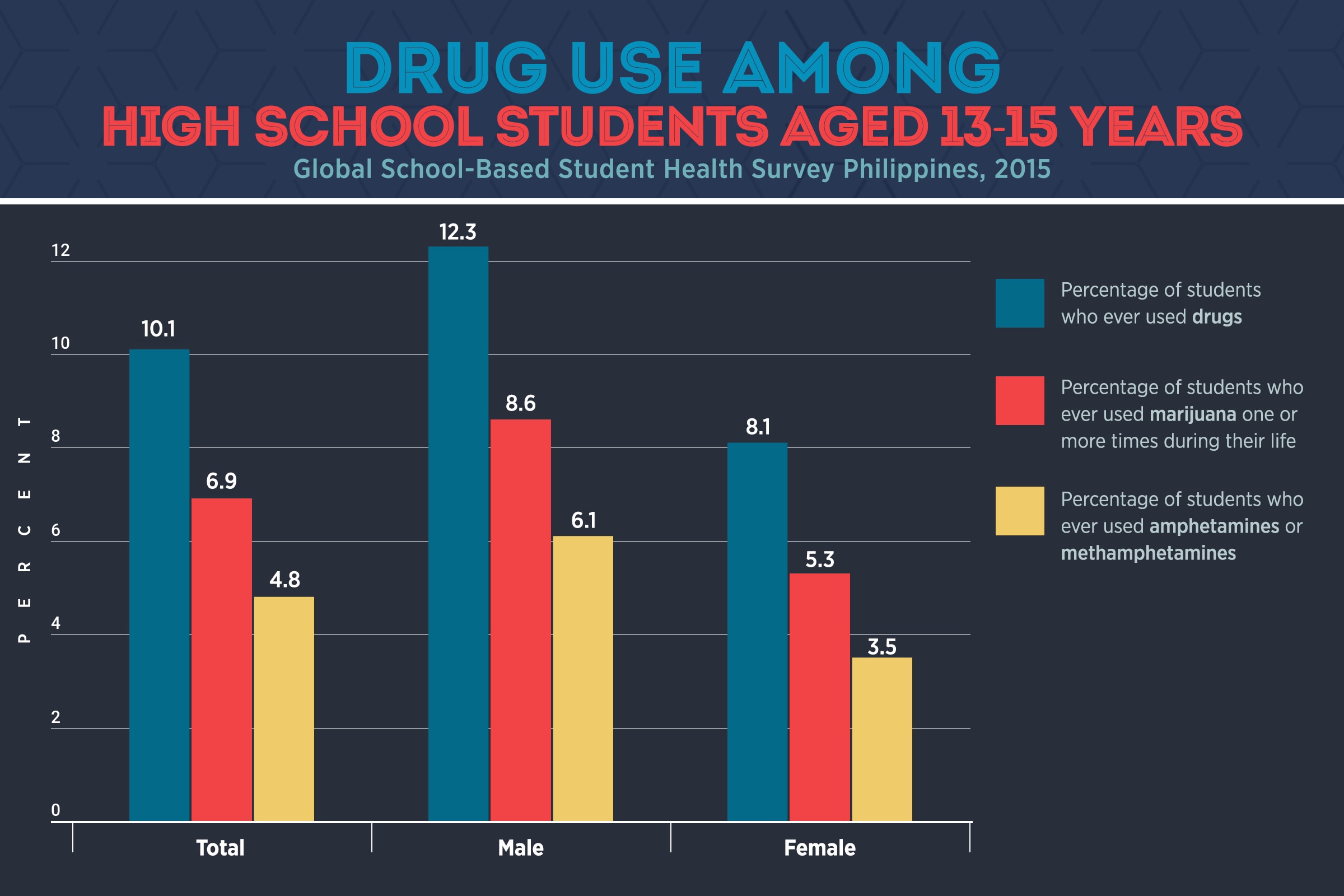
Following the classification scheme adopted by the CDC, methadone and natural and semi-synthetic opioids (e.g., oxycodone and hydrocodone) were grouped into a single category encompassing commonly prescribed opioids. Because a single death may involve multiple substances, summing across the number of deaths involving each substance will overestimate the number of drug overdoses. Within this group of overdose deaths, the substances involved in the overdose were identified using the multiple cause of death codes: T40.1 (heroin), T40.2 (natural and semi-synthetic opioids), T40.3 (methadone) or T40.4 (synthetic opioids other than methadone), T40.5 (cocaine) and T43.6 (psychostimulants with abuse potential, e.g., methamphetamine). A small number of overdose deaths that were the result of homicide (underlying cause of death X85) were excluded from the analyses.
#Infographic show drugs code
Data was ‘Unreliable’ for AI/AN from 2000 to 2003.ĭata on drug overdose deaths were derived from the multiple cause of death files of the Wide-ranging Online Data for Epidemiologic Research (WONDER) data system maintained by the Centers for Disease Control and Prevention (CDC).ĭeaths were identified as due to an opioid overdose if the ICD-10 code for the underlying cause of death was X40-X44 (accidental poisoning), X60-X64 (intentional self-poisoning) or Y10-14 (poisoning of undetermined intent). Racial and ethnic groups were defined first by ethnicity (Hispanic or Latino) and subsequently by race (non-Hispanic American Indian or Alaska Native, non-Hispanic Black or African American, non-Hispanic White, and non-Hispanic Asian or Pacific Islander). Race and ethnicity were used as defined in the WONDER and NCHS databases. Research from the CDC found that deaths involving psychostimulants (meth) combined with opioids are most common among AI/AN, while deaths involving cocaine and opioids are most common among Black people. The disproportionate increase in stimulant deaths for Black and AI/AN may be partly explained by unequal access to treatment and treatment biases. The cocaine death rate among Black or African Americans and the psychostimulants (primarily methamphetamine) death rate among American Indians or Alaskans (AI/AN) surpassed other racial groups in recent years. Over this period, stimulant overdose death rates have increased in all racial and ethnic groups, but some groups have had a disproportionate increase in deaths. It is often added to drugs because it is extremely potent, which makes drugs cheaper and more addictive. Many people are unaware that their drugs are laced with fentanyl. Fentanyl is approximately 50 times as potent as heroin and is being mixed with illegal drugs, which increases risk of overdosing. There is growing concern of fentanyl contamination contributing to deaths involving cocaine and psychostimulants (meth).

In 2020, 49% of deaths involving psychostimulants (meth) and 71% of deaths involving cocaine involved a synthetic opioid. By 2020, deaths involving both of those opioid types have been dwarfed by the explosion of synthetic opioids, primarily fentanyl.

In the next few years, there is a rising prominence of heroin. In 2012, commonly prescribed opioid medications were the opioid type most likely to be involved in overdoses involving psychostimulants (primarily methamphetamine) and cocaine. Moreover, the three waves of the opioid crisis are apparent within these stimulant deaths. Over the 2012-2020 period, as the number of stimulant overdose deaths increased almost sixfold from 6,860 to 40,568, the share of these deaths that involved one or more opioids rose from 43% to 68%.

Very significant portions of stimulant deaths involve an opioid.


 0 kommentar(er)
0 kommentar(er)
